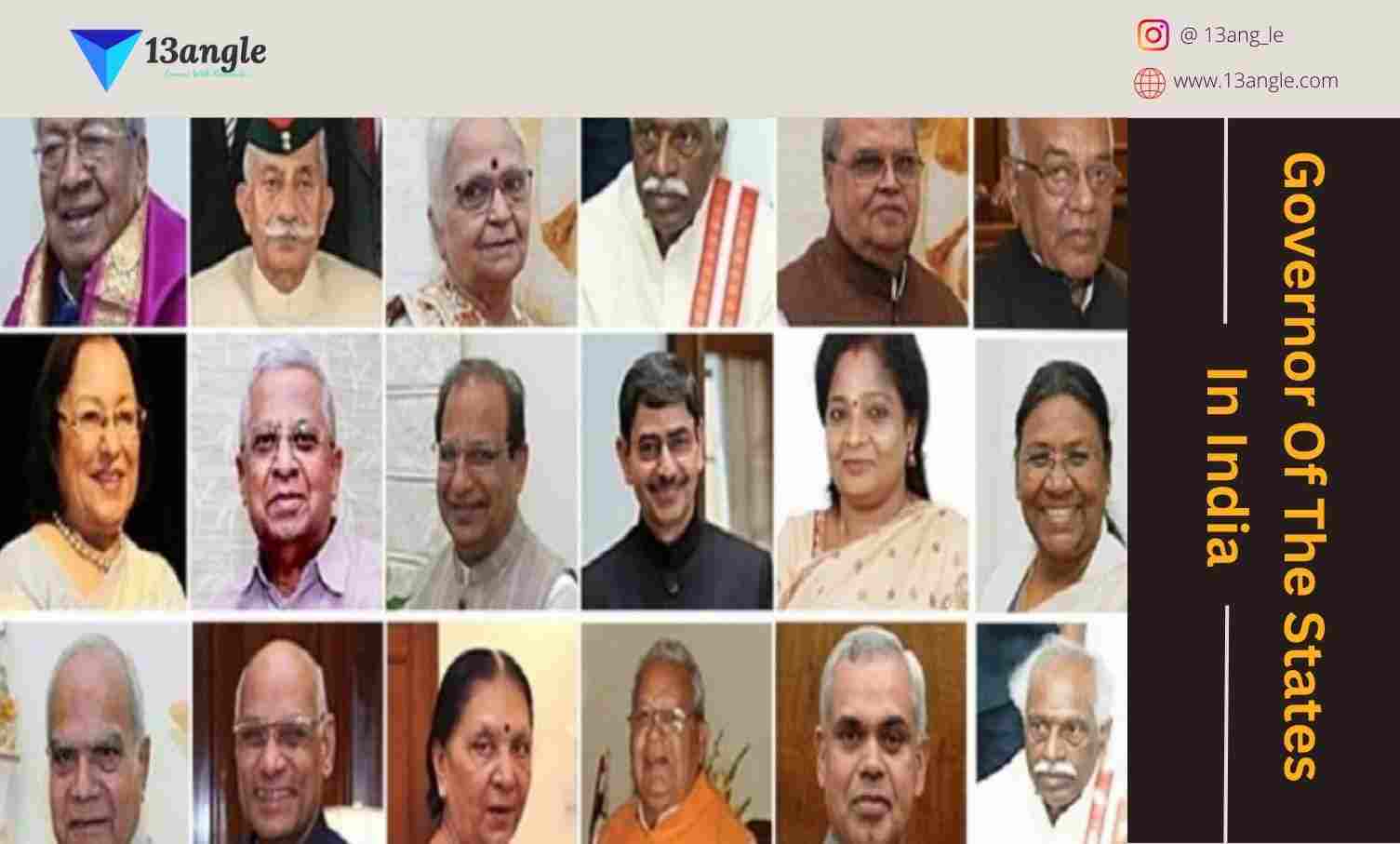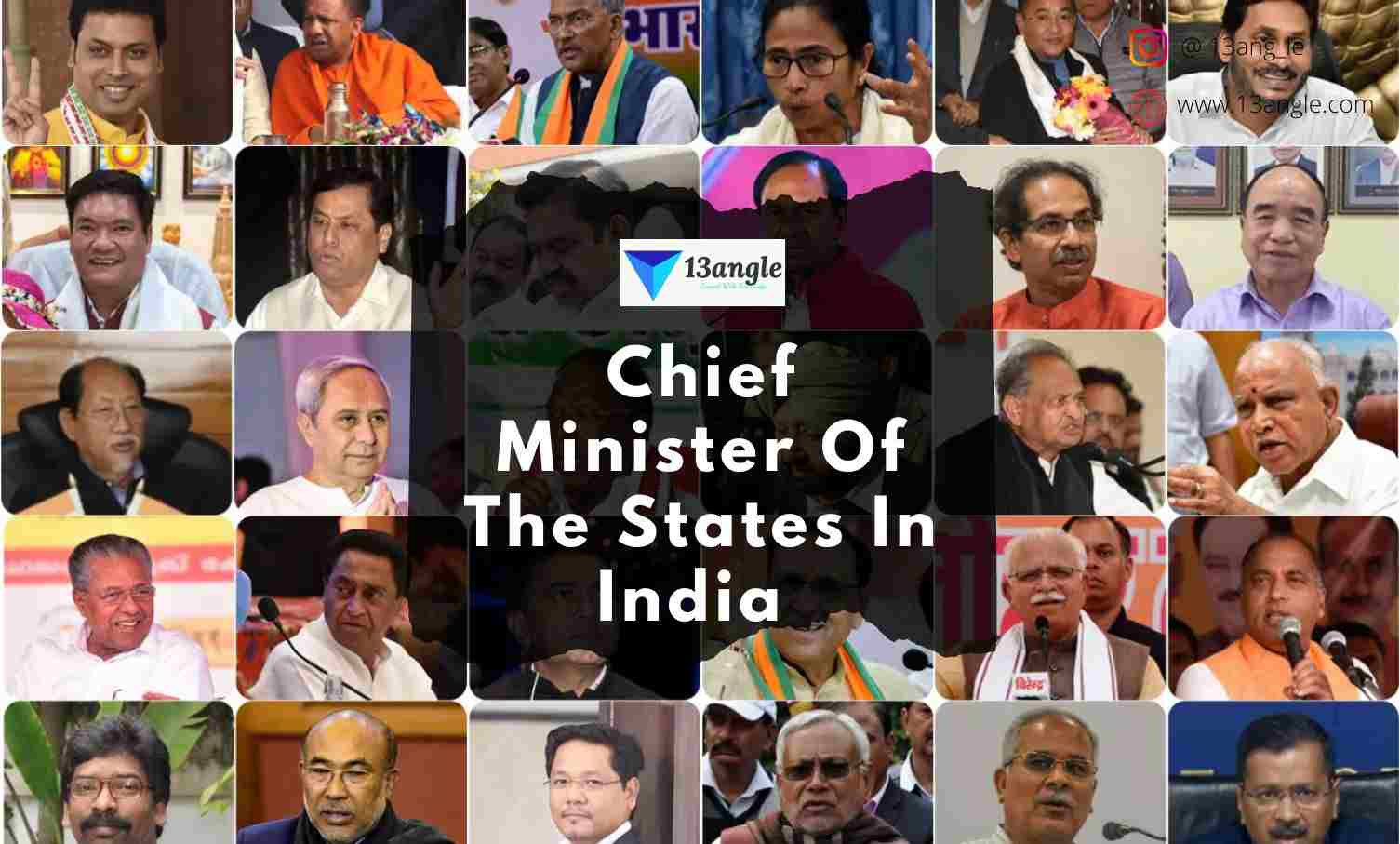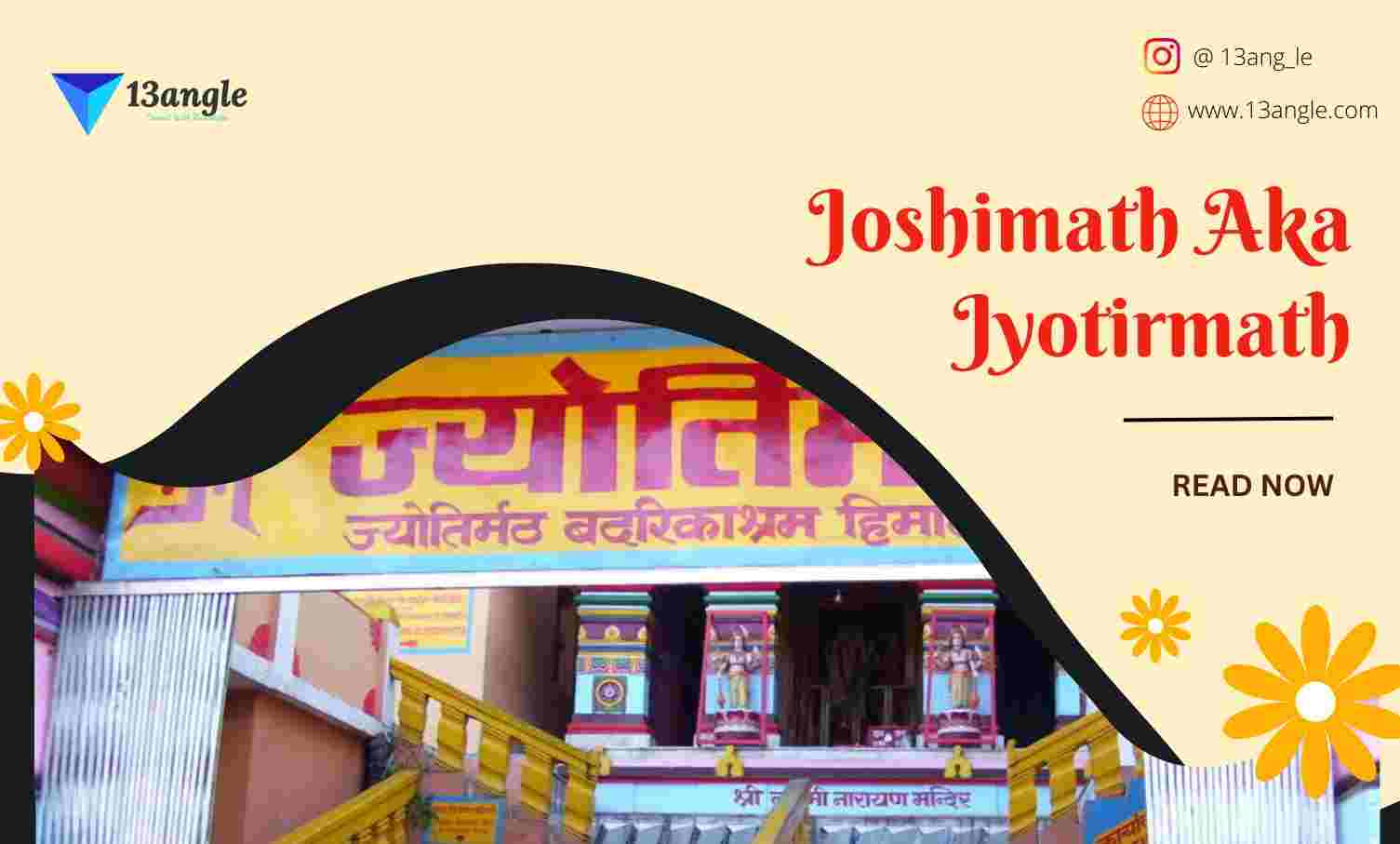The economy was sustained by a combination of pastoralism and agriculture.
Rigveda refers to levelling of fields, seed processing and storage of grains in large jars.
War bounty was a major source of wealth.
Economic exchanges were conducted by gift-giving and barter using cattle as a unit of currency.
Gold is mentioned in some hymns but there is no indication of the use of coins.
Metallurgy is not mentioned in the Rigveda, but the word ayas and instruments made from it such as razors, bangles, and axes are mentioned.
Ayas in the Rigveda refers only to copper and bronze.
The transition of Vedic society from semi-nomadic life to settled agriculture in the later Vedic age led to an increase in trade and competition for resources.
Agriculture dominated the economic activity along the Ganges valley during this period.
Crops of wheat, rice, and barley were cultivated, and the usage of iron implements increased.
Surplus production helped to support the centralised kingdoms that were emerging at this time.
New crafts and occupations such as carpentry, leather work, tanning, pottery, astrology, jewellery, dying, and winemaking arose.
Later Vedic texts also mention tin, lead, and silver.
Panis in some hymns refers to merchants, in others to stingy people who hid their wealth and did not perform Vedic sacrifices.
Professions of warriors, priests, cattle-rearers, farmers, hunters, barbers, and vintners and crafts of chariot-making, cart-making, carpentry, metal working, tanning, making of bows, sewing, weaving, making mats of grass and reed are mentioned in the hymns of the Rigveda.
Individual property ownership did not exist, and clans enjoyed rights over lands and herds.
Enslavement (dasa, dasi) during war or because of non-payment of debt is mentioned.
Slaves worked in households rather than in production-related activities.
Book X of the Rigveda refers to both eastern and western oceans.
Short Notes On The Economy Of The Vedic Period
Shares:
0 Comments





